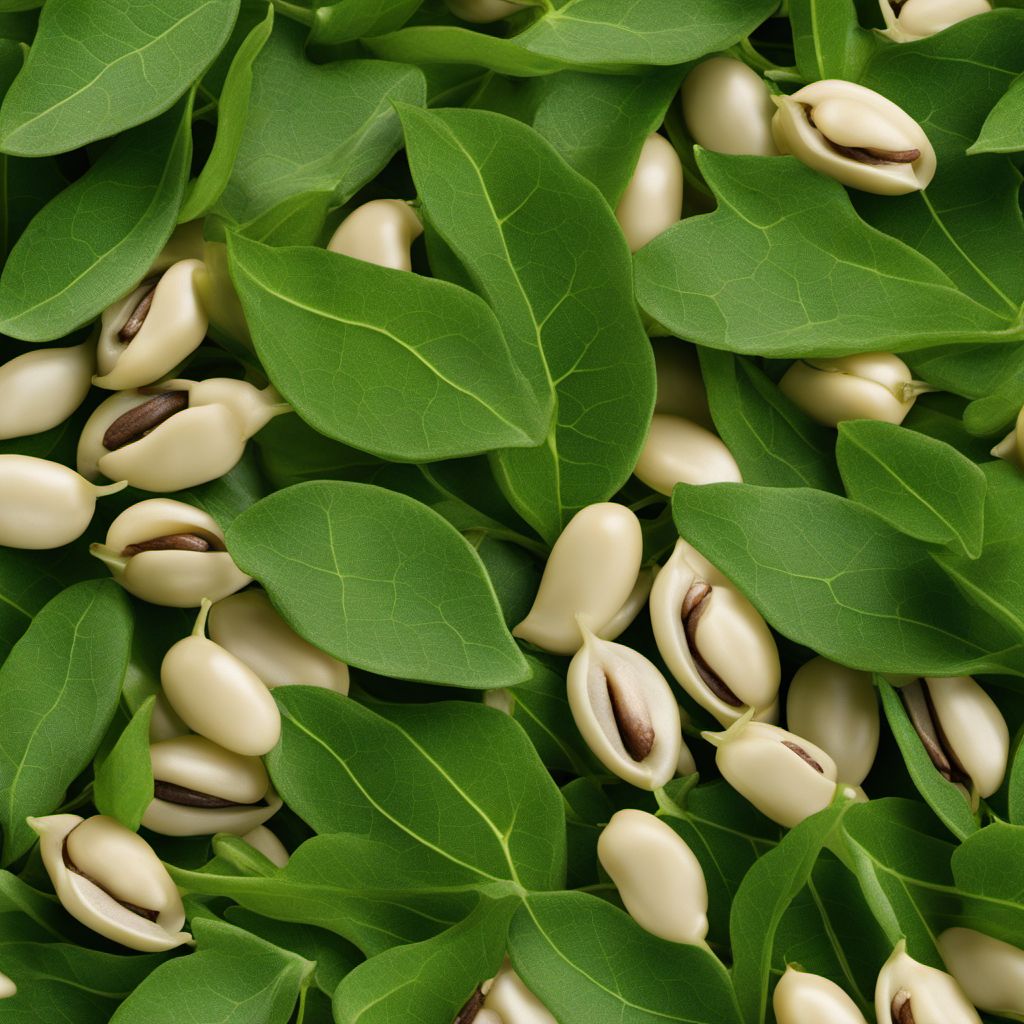
Ingredient
Black eyed peas leaves
Leafy Goodness
Black eyed peas leaves are dark green, tender, and have a slightly bitter taste with a hint of nuttiness. They have a delicate texture and can be cooked in various ways, such as sautéing, steaming, or adding to soups and stews. These leaves are highly valued for their nutritional content and are often used as a staple ingredient in traditional dishes.
Origins and history
Black eyed peas leaves have a long history of cultivation and consumption in Africa and Asia. They are native to West Africa and have been a dietary staple in countries such as Nigeria, Ghana, and Senegal for centuries. These leaves are rich in vitamins A, C, and K, as well as minerals like iron and calcium. They are also a good source of dietary fiber and antioxidants, making them a valuable addition to a healthy diet.
Nutritional information
Black eyed peas leaves are packed with essential nutrients, including vitamins A, C, and K, as well as iron and calcium. They are also low in calories and fat, making them a nutritious choice for those seeking a healthy and balanced diet.
Allergens
May cause allergic reactions in individuals with sensitivities to legumes or other green leafy vegetables.
How to select
When selecting black eyed peas leaves, look for fresh leaves that are vibrant green in color and free from any signs of wilting or discoloration. Choose leaves that are tender and have a crisp texture. Avoid leaves that appear yellowed or have brown spots, as this may indicate spoilage. If purchasing from a farmers market, opt for organic or locally grown leaves for the best quality and flavor.
Storage recommendations
To keep black eyed peas leaves fresh, remove any damaged or wilted leaves and store them in a plastic bag or container lined with a paper towel. Place the bag or container in the refrigerator and use the leaves within a few days for optimal freshness. Avoid washing the leaves until ready to use, as excess moisture can cause them to spoil more quickly.
How to produce
Black eyed peas leaves can be grown in home gardens or small-scale farms with proper care and maintenance. They thrive in warm climates and require well-drained soil and regular watering. Sow the seeds in a sunny spot and provide support for the plants to climb as they grow. Harvest the leaves when they are young and tender for the best flavor and texture.
Preparation tips
Black eyed peas leaves can be prepared in various ways. They can be sautéed with garlic and onions, steamed and served as a side dish, or added to soups, stews, or stir-fries for added nutrition and flavor. They can also be used as a filling for savory pastries or incorporated into omelets and frittatas. Additionally, black eyed peas leaves can be blanched and used as a base for salads or blended into smoothies for a nutritious boost.
Substitutions
Spinach leaves, kale, or collard greens can be used as substitutes for black eyed peas leaves. However, keep in mind that the flavor and texture may vary slightly.
Culinary uses
Black eyed peas leaves are commonly used in African and Asian cuisines, where they are featured in traditional dishes such as egusi soup, palaver sauce, or moin moin. They are also enjoyed in other parts of the world, particularly in regions with a diverse culinary scene. These leaves are often incorporated into vegetarian or vegan recipes as a nutritious alternative to meat.
Availability
West Africa, Asia
More ingredients from this category

Bitterleaves
The Bitter Beauty

New Zealand spinaches
The Versatile Green Delight

Cassava leaves
The Green Delight: Unveiling the Nutritional Powerhouse of Cassava Leaves

Tannia leaves
The Versatile Tannia Leaves
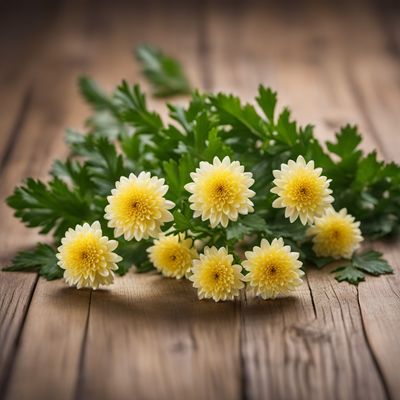
Garland chrysanthemums leaves
Edible Blossoms

Sweet potato leaves
The Leafy Marvel
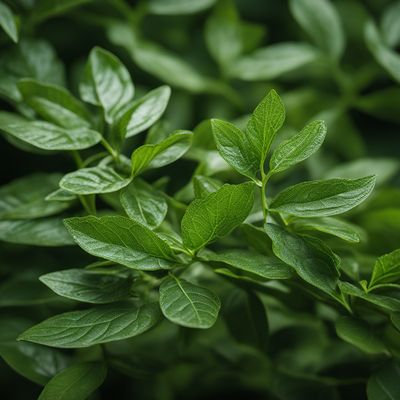
Bitterblad leaves
The Bold and Bitter Bites: Exploring the World of Bitterblad Leaves
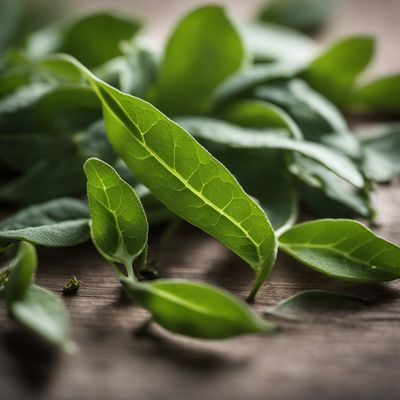
Oraches leaves
The Versatile Green: Oraches Leaves
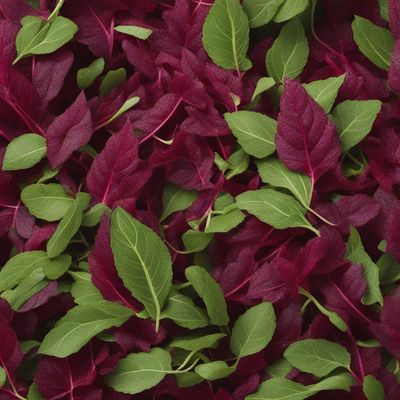
Amaranth leaves
The Nutrient Powerhouse: Exploring the Versatility of Amaranth Leaves
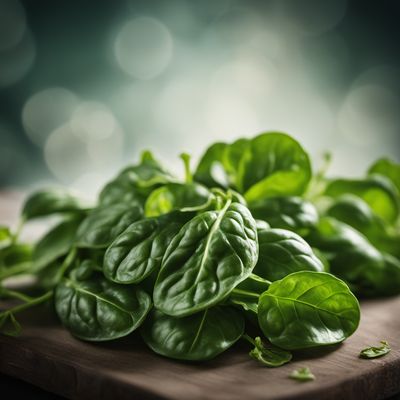
Spinaches
The Mighty Leafy Green